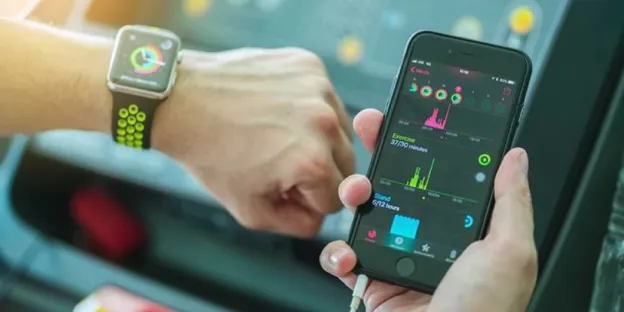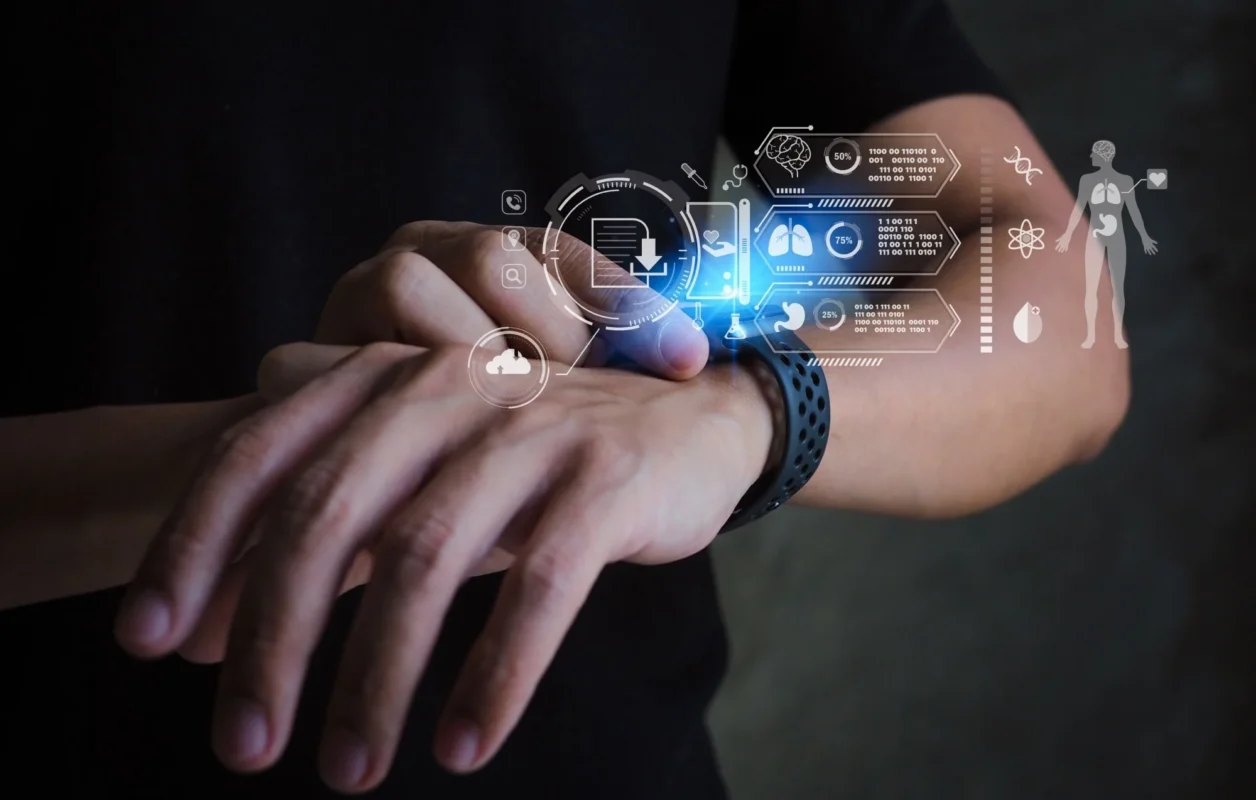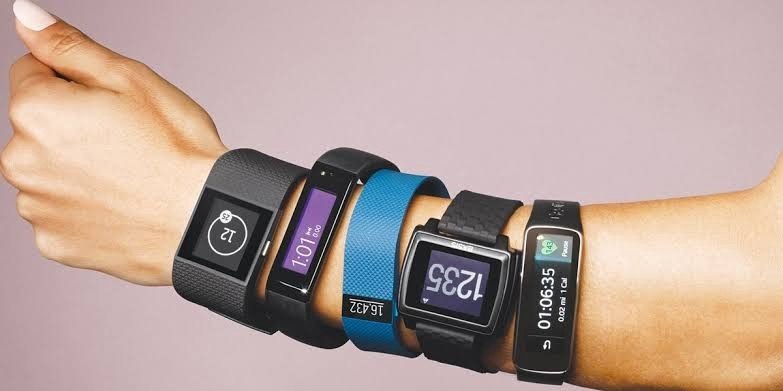How Wearable Electronics Are Changing Fitness and Health Tracking
Introduction
In recent years, wearable electronics have become very popular, especially in the world of fitness. These smart devices are helping people keep track of their health and physical activity. From counting steps to monitoring heart rate, wearable fitness devices provide real-time data that helps users stay active and live healthier lives.
Many people use these gadgets to improve their workouts, reach fitness goals, or simply understand their body better. With just a wristband or smartwatch, users can gather important health information without visiting a clinic. Wearable electronics have become a valuable tool for anyone who wants to take control of their personal health.
This blog will explore what wearable electronics are, how they work, the benefits they offer, and what the future might hold for fitness technology.
What Are Wearable Electronics?
Wearable electronics are smart devices that can be worn on the body. They are designed to collect data about the user’s body, movements, and environment. These devices often connect to smartphones or computers, making it easy to track and view health information.
Common examples of wearable electronics for fitness include:
-
Smartwatches
-
Fitness bands
-
Heart rate monitors
-
Smart rings
-
Clip-on activity trackers
Most wearable devices use sensors to collect data. For example, they can detect motion, heartbeats, temperature, or GPS location. This data helps users understand how active they are and how their body is responding to exercise or daily life.
Key Features of Fitness Wearables
Heart Rate Monitoring
Many fitness wearables include a heart rate monitor. This sensor checks the user’s pulse and shows how fast the heart is beating. Monitoring heart rate helps users know how hard they are working during exercise. It also gives clues about overall heart health and stress levels.
Step Counting and Distance Tracking
Wearable devices use motion sensors to count steps. They also measure the distance walked or run throughout the day. These features encourage people to move more and meet daily step goals.
Sleep Tracking
Good sleep is very important for health. Fitness wearables can track sleep patterns by measuring body movement and heart rate during the night. They can show how long the user slept and the quality of their sleep. Some devices even provide tips to improve sleep habits.
GPS and Location Services
Some advanced fitness wearables have built-in GPS. This allows users to track outdoor activities like running, cycling, or hiking. The GPS maps the route taken, shows speed, and records distance.
Calories Burned
Fitness devices estimate how many calories a person burns during daily activities and workouts. This information helps users manage their diet and weight more effectively. It also supports healthy lifestyle planning.
Benefits of Using Wearable Fitness Devices

Helps in Maintaining a Healthy Lifestyle
Fitness wearables encourage users to stay active. By showing daily steps, calories burned, and heart rate, they help people make better health choices. Many devices also send reminders to move if the user has been sitting too long.
Keeps Users Motivated and Consistent
Seeing progress on a fitness tracker can be very motivating. Users often set personal goals and track their achievements. Some devices include rewards, badges, or challenges to make fitness fun and engaging.
Supports Personalized Fitness Goals
Wearable technology allows people to customize their health plans. For example, someone who wants to lose weight can focus on calories burned, while a runner might watch distance and pace. Personalized data helps users stay focused and reach their goals faster.
Early Detection of Health Issues
Some wearables alert users to unusual heart rates, oxygen levels, or other health signals. This can lead to early detection of problems such as arrhythmia, stress, or sleep disorders. Though not a replacement for medical care, these alerts can encourage users to seek medical advice when needed.
Encourages Regular Movement
Modern life often involves long periods of sitting. Wearable devices often remind users to stand, stretch, or take a walk. These small actions help improve blood flow and reduce health risks related to inactivity.
Popular Wearable Devices for Fitness
Apple Watch
The Apple Watch is one of the most advanced wearables available. It tracks heart rate, steps, workouts, and even has an ECG feature. It works well with other Apple devices and is popular among both casual users and fitness lovers.
Fitbit
Fitbit was one of the first brands to offer wearable fitness trackers. The company’s products are easy to use and come in various styles. Features include step tracking, heart rate monitoring, sleep analysis, and more.
Garmin
Garmin wearables are often chosen by athletes and serious fitness users. They offer strong GPS features, detailed workout tracking, and performance analysis. Some models also support music and contactless payments.
Xiaomi Mi Band
The Mi Band is a budget-friendly fitness tracker. It offers good basic features like step counting, sleep tracking, and heart rate monitoring. It’s a popular choice for people looking for an affordable way to start tracking their health.
Whoop Strap
Whoop focuses on performance and recovery. It tracks heart rate variability, strain, and sleep. Instead of displaying stats on the device, it syncs with a mobile app. It is often used by athletes to fine-tune their training and rest periods.
Limitations and Challenges
Data Accuracy Concerns
Wearable devices are helpful, but they are not always 100% accurate. For example, heart rate or calorie estimates may vary based on how the device is worn or the user’s body type. It is important to use the data as a guide, not as medical advice.
Battery Life Issues
Some devices need frequent charging, especially those with many features. Long battery life is an important factor for users who track activity all day and night. Devices with advanced displays or GPS often use more power.
Privacy and Data Sharing
Wearable devices collect personal health data. Some users worry about how this data is stored and shared. It’s important to review privacy settings and understand how a company uses user information.
Cost of Premium Devices
While basic trackers are affordable, high-end wearables can be expensive. Advanced features often come with a higher price. Not everyone can afford the latest models, which may limit access to detailed health data.
Future of Wearable Fitness Technology

AI-Powered Fitness Tracking
Artificial Intelligence is becoming part of wearable technology. AI can study user data over time and offer smart suggestions. It can help improve workout plans, track recovery, and even predict health trends.
Integration With Healthcare
In the future, wearable data may be shared directly with doctors and clinics. This would help doctors understand patients better and provide faster care. Some devices already support this through health apps.
Smart Clothing
Researchers are working on smart clothing that can track fitness without a wristband. Sensors in shirts, shoes, or pants will collect data just like a watch or band. This could make health tracking more comfortable and natural.
More Accurate and Personalized Insights
As technology improves, wearables will give more accurate results. They will also offer better advice that fits each user’s body, lifestyle, and fitness level. This will help people make smarter health choices.
Conclusion
Wearable electronics are making a big difference in how people stay fit and healthy. These smart devices help users track their activity, sleep, heart rate, and more. They offer useful insights that can lead to better habits and healthier lives.
Although they are not perfect, fitness wearables continue to improve. With new features, better accuracy, and future healthcare integration, wearable technology will play a bigger role in health and fitness.

